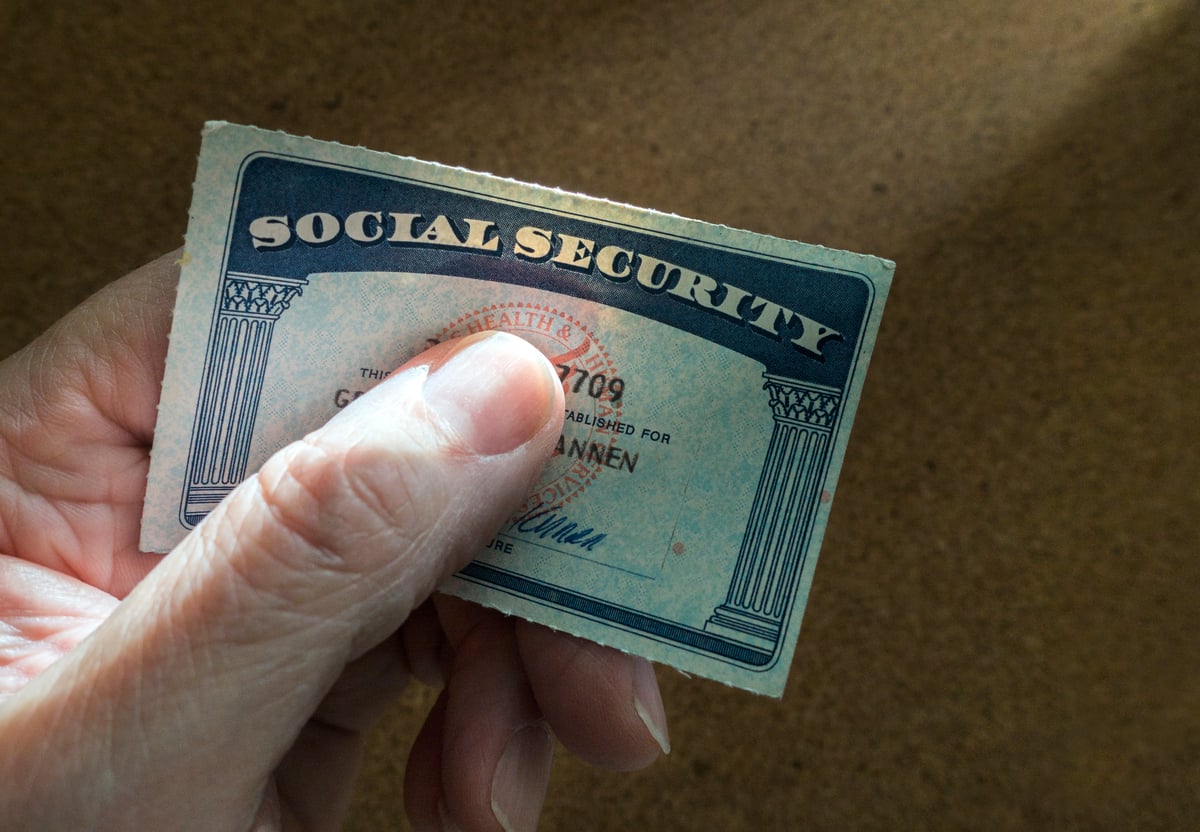What we are witnessing now within the U.S. is truly historic. Just months ago, the coronavirus disease 2019 (COVID-19) was nothing more than an illness that was circulating throughout a province in China and wasn't of the faintest concern to most Americans. But today, a number of major cities and states are abiding by shelter-at-home mandates from regulators, and the U.S. economy has ground to a halt.
The coronavirus has concretely changed our societal habits and represents a direct threat to our physical and financial well-being.

President Trump signing a bill in the Oval Office. Image source: Official White House Photo by Shealah Craighead.
The $2.2 trillion CARES Act is now law, and stimulus checks will soon be doled out
The good news is that our elected officials in Washington, D.C. have demonstrated overwhelming support in their desire to help American workers, their families, and the businesses that have been adversely impacted by COVID-19.
Last Wednesday, March 25, the Senate passed what became known as the CARES Act -- that's the Coronavirus Aid, Relief, and Economic Security Act -- a $2.2 trillion stimulus package designed to prop up those in need during this extraordinary time. This was followed by the bill's passage in the House of Representatives on Friday afternoon, March 27, and the signature of President Trump later that day, making the CARES Act law.
The CARES Act comes with a number of key provisions:
- Approximately $100 billion is apportioned to hospitals to help them buy additional equipment and treat COVID-19 patients.
- Another $500 billion is earmarked for loans to distressed businesses, such as the airline industry.
- Some $260 billion is being used to beef up the unemployment insurance program, providing an additional four months of coverage and temporarily raising the weekly benefit by $600.
- Lastly, $300 billion is set aside for stimulus checks that'll be mailed to Americans within three weeks from the signing of the bill. These checks can be up to $1,200 per person, depending on their income (single and married filing jointly will receive nothing if their respective adjusted gross income is above $99,000 and $198,000), with an additional $500 per qualifying child.
This last component -- aka, the Trump stimulus check -- has been a source of great confusion among working Americans, and especially those who are receiving Social Security benefits. In particular, it's been difficult to decipher who would qualify for a benefit.

Image source: Getty Images.
Yea or nay: Will Social Security beneficiaries receive a Trump stimulus check?
In a previous iteration of the CARES Act, introduced the week before last, the bill contained a provision that would, potentially, reduce the amount that very-low or zero-income Americans would receive, and may have left Social Security beneficiaries out in the cold. That's because the previous bill required $2,500 in qualifying income for an opportunity to receive the maximum of $1,200 in stimulus per person. It wasn't clear at the time if Social Security income would be considered as a qualifying source, which would have likely removed tens of millions of beneficiaries from the stimulus pool.
There was additional concern that some Social Security beneficiaries may not have filed a tax return in a long time. Single beneficiaries owe federal tax on a portion of their Social Security payout if their modified adjusted gross income plus one-half of benefits is higher than $25,000 ($32,000 for couples filing jointly). This means any relatively low-income seniors reliant on Social Security may have no need to file a tax return. That was a potential problem, given that a tax return filing in 2018 was initially mandated to receive a stimulus check.
But here's what we know, now that the CARES Act has been signed into law: With almost no exception, Social Security beneficiaries will be receiving a Trump stimulus check.
According to the final legislation that was passed, the qualifying income figure was shelved. The only exception is that an individual had to have filed a tax return in 2018 or 2019 or received Social Security or veterans' benefits in one of those years, so the Internal Revenue Service (IRS) can calculate what amount of stimulus check is due. Even if retired workers haven't filed their taxes in years, the IRS will be able to retrieve their benefit history from the Social Security Administration, thereby providing them with a pathway to receive a stimulus check.

Image source: Getty Images.
The only Social Security beneficiaries who may get the short-end of the stick are those who very recently began taking their payout. If, for instance, these new claimants haven't filed their 2019 tax returns and earned more than the $75,000 in adjusted gross income (AGI) in 2018 while still working -- $75,000 in AGI is where the phase-out begins -- they could see a reduced check or no stimulus at all, even if their current income is now significantly reduced.
It's worth pointing out that the opposite may be true, as well. Social Security beneficiaries who had a considerably lower AGI in 2018 than they do now (e.g., those who moved back into the labor force over the past year) could receive a bigger stimulus check than their current income would entitle them to.
While there are some minor exceptions, Social Security beneficiaries are eligible for the stimulus check. If you're one of the 64 million currently receiving a benefit, you should get your Trump stimulus check shortly.





